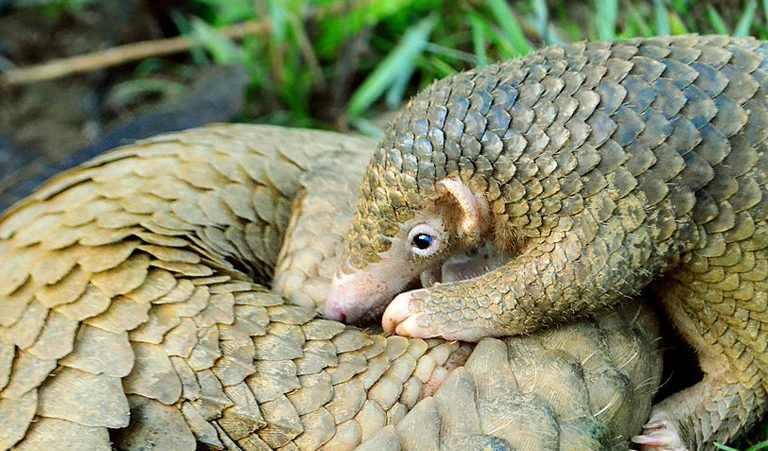Overseas, a kilogram of pangolin fetches roughly P50,000 to P100,000 in the black market. The Vietnamese and Chinese highly regard pangolin meat and carapace for their unproven healing and rejuvenating properties. This trade has caused the extinction of local pangolin species in China and Indonesia.
The Chinese, in particular, eat pangolin meat to cure erectile dysfunction and as a form of aphrodisiac. Philippine pangolin meat, scales, and blood have become prime commodities in the global wildlife black market due to high demand in China, according to a report by Mongabay.
In 2013, the Philippine Coast Guard intercepted a Chinese vessel in the Sulu Sea near Palawan. Its cargo was filled with hundreds of dead pangolins, which authorities confiscated. The vessel's hold contained 400 boxes of pangolins, also known as scaly anteaters.
It was unclear where the pangolins were poached, but authorities suspected they came from Palawan, the last sanctuary of the Philippine pangolin. But the rare creatures have a chance at avoiding the fate of the Chinese and Vietnamese pangolins.
In a study published in Global Ecology and Conservation, researchers discovered the Philippine pangolin is more widespread than previously thought. According to the paper, Philippine pangolins (Manis culionensis) are still present in 17 out of 24 municipalities in Palawan.
Lucy Archer of the Zoological Society of London and lead author of the study says the find is uplifting. "This is promising for the Philippine pangolin and suggests it is not too late to establish conservation efforts across the species' range," Archer told Mongabay.
The fact that locals in Palawan are still sighting pangolins is astounding. It means Philippine pangolins may not have yet reached extinction levels, but are nonetheless threatened by foreigners, especially the Chinese.
"Compared to similar studies on pangolin species elsewhere, these results suggest that Philippine pangolin populations may not have reached the critical levels shown by Chinese pangolins in China and Vietnam, or by giant pangolins in Benin," added Archer.
A Philippine Pangolin Pup and Its Mother

The IUCN lists the Philippine pangolin as a critically endangered species endemic to the Palawan island group. But to save them, the government and private sector need to educate the locals about the importance of this species.
The influx of Chinese in Manila increased the demand for pangolin meat.
"In a span of two years, Philippine pangolins became one of the most trafficked species in the country," reported Mongabay, which linked the influx of Chinese workers in the Philippines to the growing demand for pangolin meat in Chinese restaurants in Manila.
When interviewed by the researchers, 87% of Palawan locals demonstrated knowledge of the physical attributes of the Philippine pangolin and the rough location of its habitats. They are also willing to conserve the species, but there is little help from authorities or the right organizations.
"With high knowledge levels and high willingness to be involved in conservation efforts reported by respondents in this study, I think local people are really well placed to help guide and develop conservation efforts," Archer tells Mongabay.








